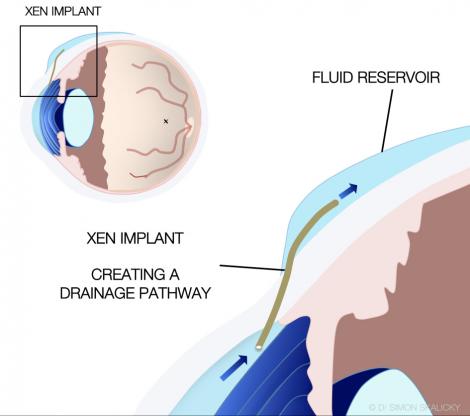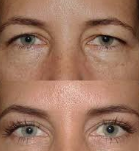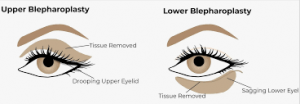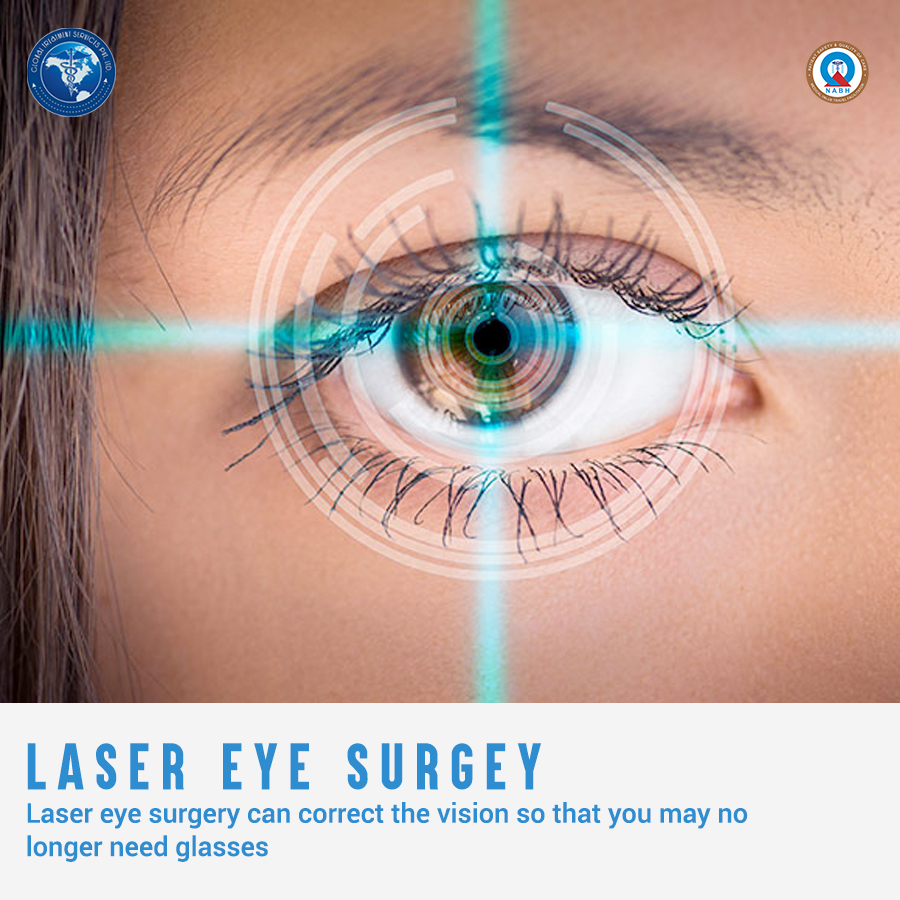:max_bytes(150000):strip_icc()/GettyImages-523913021-59563bd55f9b5815d93c266d.jpg)
Glaucoma is known as the “silent thief of sight” as it is a symptom less disease, and people usually do not realize that they are suffering from glaucoma unless they visit the ophthalmologist or have reached an advanced stage of disease. If undiagnosed and untreated, glaucoma can lead to irreversible loss of vision and even cause blindness. Though the disease is not curable, the progress of glaucoma can be halted and total blindness can be prevented if it is detected early.
What is Glaucoma?
Glaucoma is a serious eye disease where the optic nerve that carries signals from the eye to the brain gets damaged due to unhealthy fluid pressure inside your eye.The intraocular pressure rises due to an alteration in the drainage system of the eye, which is either blocked or offers resistance to the normal drainage.Since the optic nerve is the primary carrier of visual stimulus to the brain, damage to it could actually result in significant loss of vision. Glaucoma generally affects both the eyes, although the pressure inside each eye could be different,the estimated number of cases of glaucoma in India is 12 million. This is around one fifth of global burden of glaucoma.

Glaucoma – Symptoms of this disease?
There are no early symptoms associated with Glaucoma.and hence a routine eye check up after the age of 40 is usually advisable to rule out glaucoma.
However, most Glaucoma patients visit a doctor due to one or more of the following symptoms:
- Frequent changes of glasses, especially for near work, but none is satisfactory,
- Rainbow colored rings around lights (seeing halos),
- Blurred or foggy vision
- Loss of side vision.
- Redness of the eye
TYPES OF GLAUCOMA
The different types of glaucoma include
- Primary open angle glaucoma – is the most common type of glaucoma. In this type of glaucoma, the part of the eye through which the fluid of the eye flows out is open, permitting the outflow of fluid, but the patient still has high pressure. This type of glaucoma develops slowly without any symptoms. Initially it affects the peripheral or side vision and very gradually progresses to the centre. This is the reason why many people are not aware that they have the condition until they have significant vision loss affecting central vision.
Risk factors for primary open angle glaucoma are:
- Age more than 40 years
- Race – African Americans
- Family history of glaucoma
- Systemic diseases such as diabetes mellitus, hypertension, heart disease
- Injuries to the eye
- High myopia
- Angle closure glaucoma or closed angle glaucoma –is a less common type of glaucoma which occurs due to narrow drainage channels in the eye. Gradual closing of the angle is called chronic angle closure and if the drainage angle closes suddenly, it causes an acute angle closure attack. Acute angle closure glaucoma usually presents as an emergency. A patient who is in an acute angle closure attack will have symptoms of eye pain, nausea, vomiting, redness and blurred vision due to a rapid increase in the eye pressure. In such cases the patient needs immediate treatment by an eye specialist.
Risk factors for angle closure glaucoma:
- Age more than 40 years
- Race – East Asians
- Family history of glaucoma
- Women
- High hypermetropia or those with a high plus power
- Normal tension glaucoma /Low tension glaucoma –In this type of glaucoma the optic nerve can get affected even though the pressure in the eye is normal. Although its cause is not entirely known or understood, normal tension glaucoma is believed to occur either because of an extremely fragile optic nerve that can get damaged even though the pressure in the eye is normal, or because of reduced blood flow to the optic nerve. Because of its silent nature, people usually do not have any visual complaints until a very advanced stage of the disease.
Risk factors for normal tension glaucoma are:
- Family history of normal tension glaucoma
- Race – Japanese ancestry
- Thinner corneas
- Heart disease
- Migraine and peripheral vascular disease
- Secondary glaucoma –There are certain other types of glaucoma where there is an identifiable cause for increased eye pressure resulting in optic nerve damage and vision loss. These are called secondary glaucoma. It may be caused by prolonged, indiscriminate use of steroids, severe diabetic retinopathy, injuries to the eye, inflammation of the eye (uveitis) or advanced cases of cataract.
If you believe you have any of these risk factors get an eye examination done. Always remember to inform your eye doctor about the risk factors that you have. This will help your doctor decide how often you need to get your eyes examined.
Glaucoma may also occur in children (congenital glaucoma) after trauma or with inflammation.
Diagnosis & Treatment
Initial glaucoma workup involves the measurement of the intraocular pressure (IOP) with the help of a Goldmann’s Applanation tonometer, evaluation of the angle of the eye with a Goldmann goniolens , examination of the optic nerve head by slit lamp bio microscopy and the measurement of the central corneal thickness using a pachymeter. Ultrasound biomicroscopy helps us to further assess angle details and dimensions and actively intervene based on the findings
The Visual Field test is a method of measuring your peripheral or side vision (which is affected first by glaucoma), through which your doctor can diagnose and monitor glaucoma. The data from the test is used to determine the severity of your glaucoma, level of vision loss, damage to the visual pathways of the brain, and other optic nerve diseases.
Ophthalmoscopy
Treatment:
Glaucoma can be treated with external medication or surgery. The medication generally involves the usage of eye drops to reduce the secretion of the fluid (aqueous humor).
- Trabeculectomy (TRAB)
A surgery helps to open up the blocks in the drainage pipe to enable the outflow of the fluid. This can be performed by a procedure called Trabeculectomy (TRAB)
2. LASER Treatment
3. Glaucoma drainage valve implant placements are performed by qualified surgeons

Further, in cases of congenital glaucoma surgery is opted.
Glaucoma – prevention, Diet,
There’s actually nothing you can do to prevent Glaucoma. However, with early detection, you could reduce the impact on the optic nerve, as the damage once done is irreversible.
The best way to tackle this disease is through regular eye check-ups.
Get glaucoma screening done if you have a family history of glaucoma, diabetes, hypertension, heart disease, asthma, arthritis, migraine, thyroid disease, using minus or plus powered glasses, any history of trauma to eye. If detected in the early stage, the disease can be arrested and existing vision can be retained.
Babies born with whitish coloured eyes or bigger than normal eyes, or babies with severe watering and difficulty in opening their eyes at birth, should be screened for congenital glaucoma.
Ophthalmic consultation is a must for everyone over the age of 40, in an eye hospital rather than getting tested for near vision at an optical shop.
Avoid-Lifting of heavy weights is known to cause a temporary increase in the intraocular pressure. Hence, patients who already suffer from glaucoma are advised to avoid lifting very heavy weights. Yoga, which is a very popular form of exercise includes various ‘asanas’ or positions. Some of these asanas, particularly those with the head – down position (sheershasana) have been proven to cause an increase in the eye pressure. Therefore, patients with glaucoma are advised to avoid such positions.
Diet – Foods which are rich in trans-fats, the kind found in deep fried food, prevent the optimal functioning of omega 3- fatty acids and increases eye pressure. Such food should be avoided.Habit forming substances – such as caffeine, alcohol, tobacco and marijuana are known to have a negative effect on eye pressure. Caffeine, which is consumed widely, is known to cause a temporary increase in the eye pressure.
We’re sure, you now have a fair idea of what Glaucoma is all about and the way it could impact your life. Please feel free to contact us query@gtsmeditour.com if you’d like to take a second opinion on your condition or undergo treatment for glaucoma.







:max_bytes(150000):strip_icc()/GettyImages-523913021-59563bd55f9b5815d93c266d.jpg)


